There’s a bond between humans and dogs that transcends words, touch, and even time itself. Yet perhaps nowhere is this connection more profound – and heartbreaking – than in those final moments when our faithful companions somehow understand what’s coming. If you’ve ever watched a dog in their twilight days, you might have witnessed something almost mystical: their quiet acceptance, their seeking comfort, their way of letting us know. But how do they know? How can a creature who lives so fully in the present moment recognize when forever is approaching?
The Silent Communication of Body Language
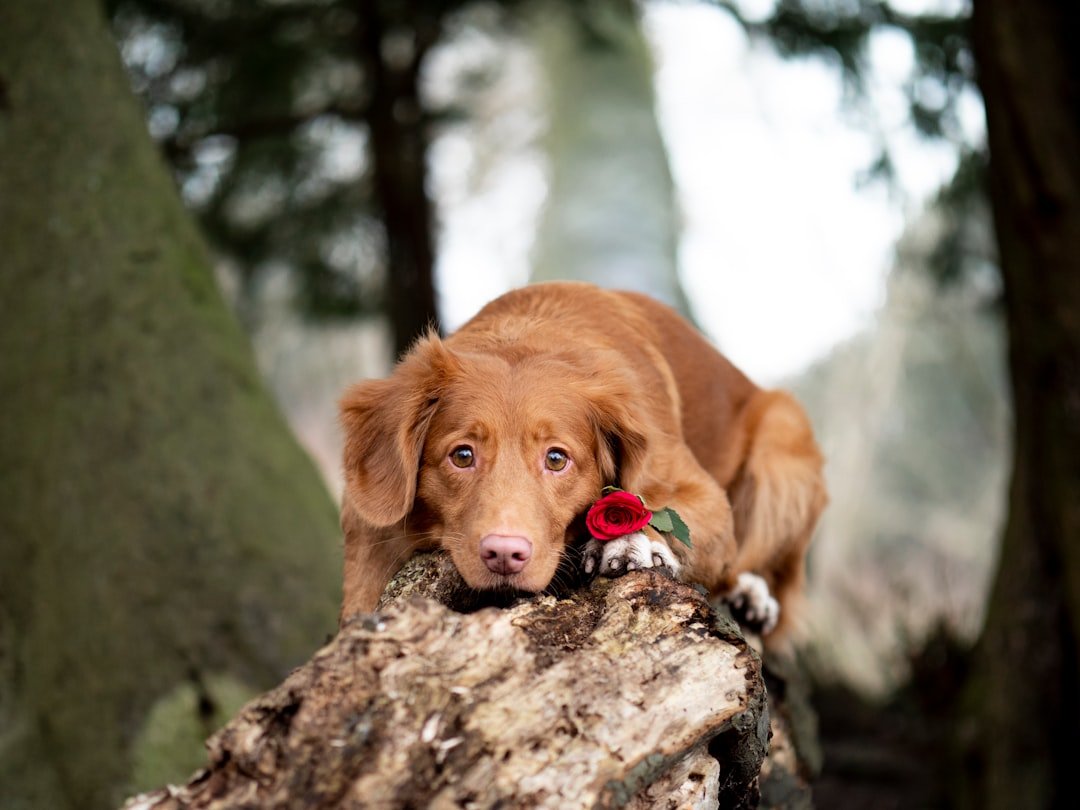
Dogs don’t need words to tell their deepest truths. Their bodies become the messengers when the time draws near. A once vibrant tail may become still, or engaged eyes might appear distant, both possible signs of an inner knowing that their time is near. Dogs primarily communicate through body language, so I pay close attention to any changes in posture, eye contact, or tail positioning. It’s like watching a slow-motion dance where every movement carries weight.
The changes happen gradually, then all at once. Your dog’s usual enthusiasm for greeting you at the door might fade into a gentle acknowledgment from their resting spot. Their alertness shifts, becoming more selective about what deserves their attention. This isn’t simply aging – it’s something deeper, more purposeful.
The Mysterious Loss of Appetite

You know something is wrong when your dog refuses food, and this is one of the classic signs a dog is dying. If your dog is at this point, you can offer them the tastiest treat imaginable and they will not eat it. Food, which once drove their day’s rhythm, suddenly holds no appeal. This shift often puzzles owners who desperately try every favorite treat and meal.
They will also stop drinking water. This is due to the beginning of their organs shutting down. They no longer have the sensation of hunger or thirst. Their body is preparing for a journey that doesn’t require earthly sustenance, and somehow, instinctively, they understand this transition.
When Movement Becomes a Struggle
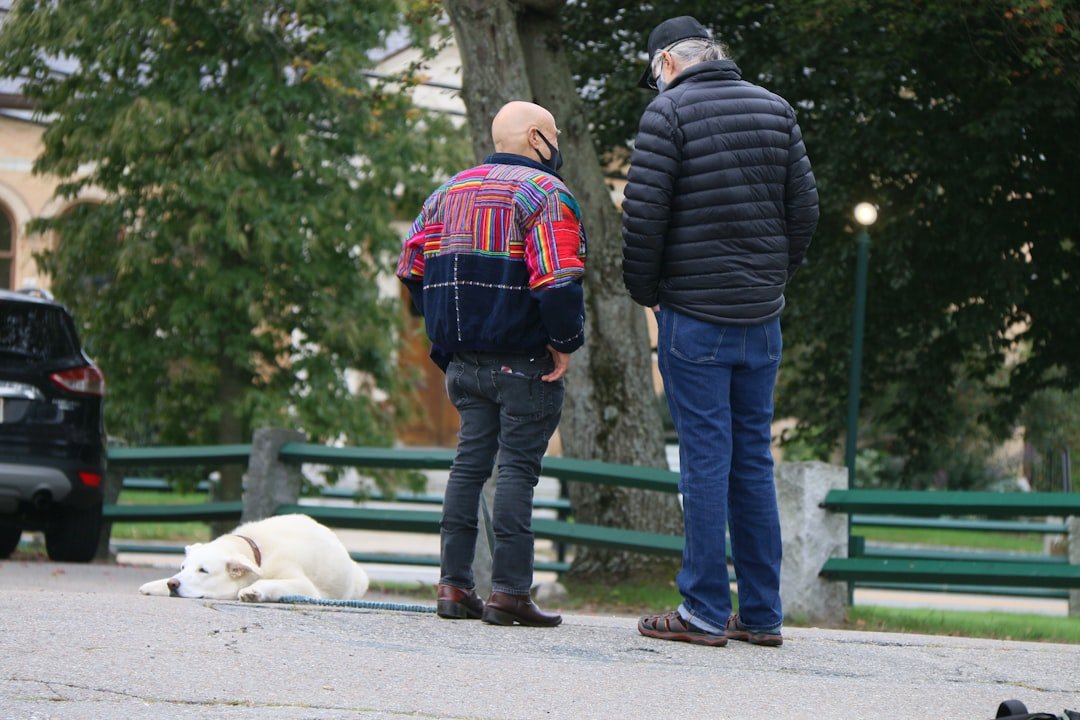
The next of the major signs that your dog is dying is a loss of balance and motor control. If your dog does get up and move around, they may be very wobbly or act disoriented. Watching a once-graceful companion stumble can be one of the most difficult experiences for any pet owner.
They may shake or convulse while lying down. These physical manifestations aren’t just symptoms of illness – they’re signals that your dog’s body is preparing to let go. Yet even in this vulnerability, many dogs seem to accept these changes with a dignity that humans often struggle to match.
The Retreat into Solitude

Some dogs prefer to be alone as they near the end. They may go off to a quiet spot and stay there, a behavior that can be interpreted as a natural instinct to isolate when they are vulnerable. This isn’t rejection of their family – it’s protection of it. Dogs often spare their loved ones from witnessing their most difficult moments.
Lying in one spot (oftentimes a quiet spot where they don’t usually lie), not interested in toys or walks, barely acknowledging family members – in other words, just not acting like themselves. They find their sacred space and claim it, creating a boundary between the world of the living and where they’re heading.
The Paradox of Sudden Energy

It’s not uncommon for dogs to have a sudden burst of energy before they pass away. This phenomenon often gives families false hope, a cruel twist that makes the final goodbye even more unexpected. One day your lethargic companion might suddenly want to play or take a walk, acting almost like their younger self.
These bursts are like a candle flaring brightly before it goes out. Veterinarians can’t fully explain why this happens, but many believe it’s the body’s final rally. Dogs might use this energy to seek out their favorite people, revisit beloved spots, or simply enjoy one last moment of feeling like themselves.
Seeking Comfort in Familiar Arms
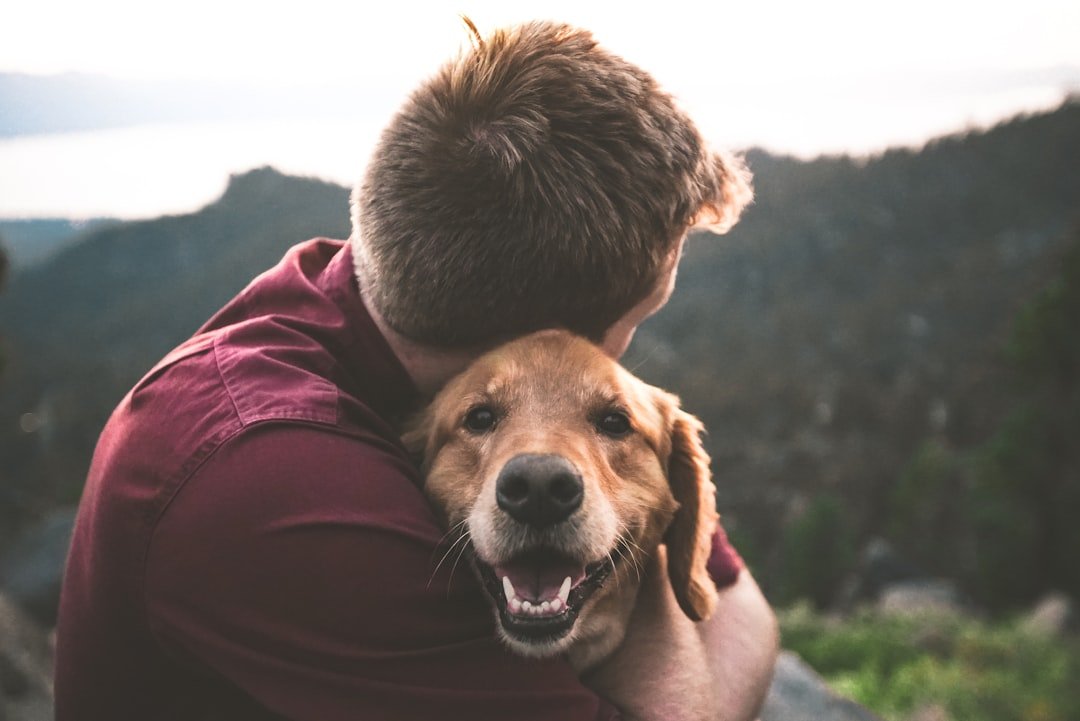
Some dogs become unusually clingy, seeking constant companionship and reassurance from their owners. This behavior can be interpreted as a way of seeking comfort and expressing their bond. They might follow you from room to room, needing to maintain physical contact or visual connection. It’s as if they’re gathering strength from your presence.
This clinginess isn’t just about comfort – it’s about completion. These dogs seem to understand that their time with you is precious and finite. They’re not being needy; they’re being intentional about how they spend their remaining moments, choosing connection over independence.
The Breakdown of Daily Routines

A dying dog will lie in one spot and not even move to relieve themselves. They may have diarrhea. This is another one of the signs that a dog is dying. It’s a signal that your dog’s internal organs are shutting down. For dogs who spent their entire lives being house-trained, this loss of control represents a significant shift.
Yet many dogs seem to show a quiet embarrassment or apology in their eyes when accidents happen. They haven’t forgotten their training – their body has simply moved beyond their ability to control it. This is their way of showing you that something fundamental is changing.
Changes in Breathing Patterns

Towards the end, many dogs display difficulty breathing. Their breathing could be uneven, with lengthy gaps between inhaling and exhaling. These respiratory changes can be unsettling to witness, as each breath becomes a conscious effort rather than an automatic function.
The rhythm of life that we take for granted – the steady in and out of breath – becomes irregular and labored. Yet in many cases, dogs approach this with remarkable calm. They don’t seem to panic about the difficulty; instead, they often rest peacefully between the struggles for air.
The Power of Their Extraordinary Senses
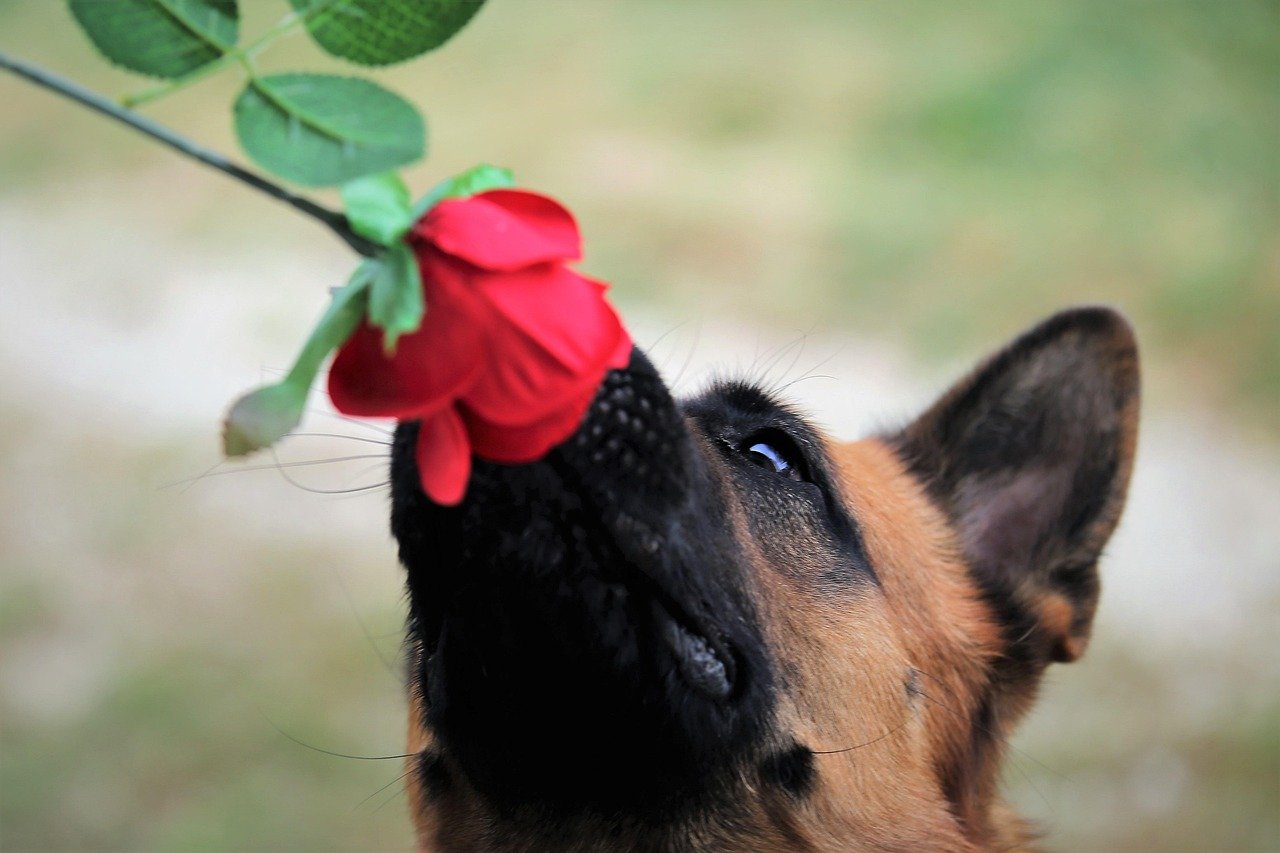
Dogs possess an extraordinary sense of smell that allows them to notice subtle biochemical changes when someone is sick or dying. They can detect volatile organic compounds released by dying cells, which humans cannot perceive. This incredible sensory ability may explain why dogs often know about death before their human families recognize the signs.
Research suggests that dogs can detect the release of certain chemicals and pheromones associated with physiological changes that occur during the dying process. Their nose, with its hundreds of millions of scent receptors, becomes a medical instrument more sensitive than our most advanced technology.
The Question of Understanding

The question of whether dogs know they are dying is complex and difficult to answer definitively. Some veterinarians and animal behaviorists believe that dogs may have a sense of their impending death due to changes in their bodies and behavior. The truth might be simpler and more profound than we imagine.
Dogs are most likely aware of the discomfort of illness or old age, and they exhibit behaviors that support situational awareness. Perhaps they don’t understand death as we do, but they recognize the approach of something significant. They feel their energy changing, their body failing, and they respond with an ancient wisdom that guides them through the transition.
Their Final Gift to Us

When it’s time, you will know, because your dog will somehow, someway, get through to you to tell you. In the meantime, the best thing you can do for yourself AND your dog is to listen, observe, and offer comfort and help as needed. This communication isn’t verbal, but it’s unmistakable when it happens.
Dogs have an uncanny ability to choose their moment, often waiting until their favorite person is home or selecting a time when they can slip away peacefully. Recognizing that a loss is approaching allows space for actions that speak of love. Some may stay awake through the night, stroking soft fur. Others might talk softly, calling up old stories and recalling the bark that once filled the house.
The Comfort They Seek and Give
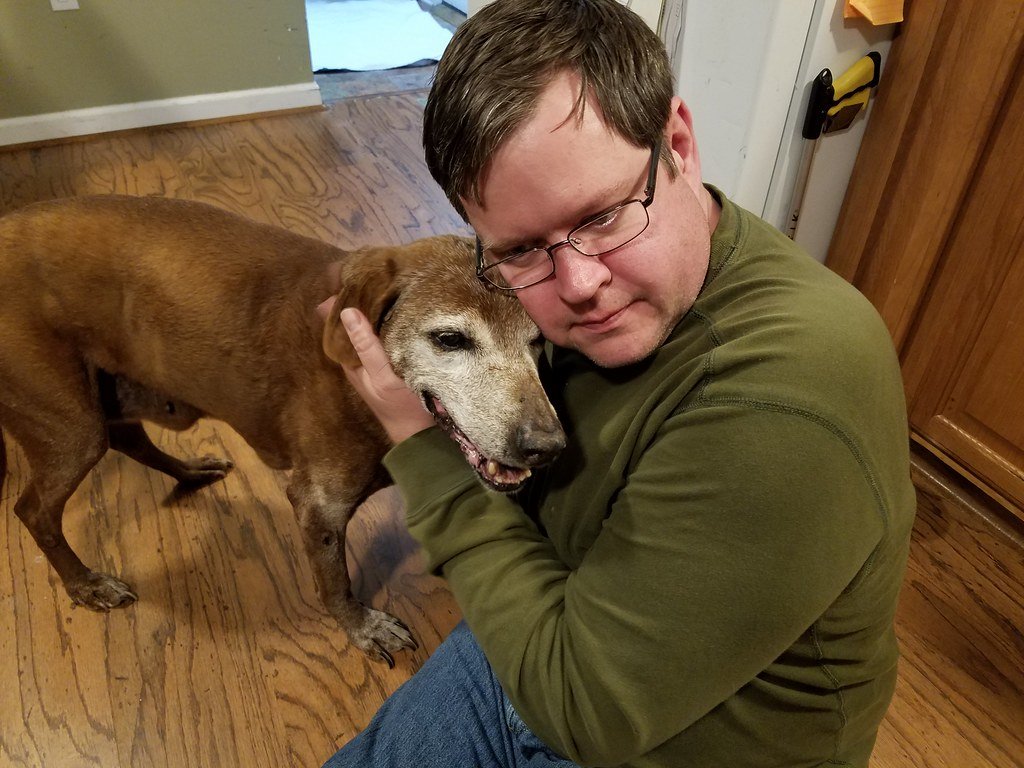
In their final days, dogs often become both more vulnerable and more giving. They might seek out the warmth of their favorite human’s lap or choose to rest near the family’s gathering spots. Hold your dog. Be present and tell them you love them. Prepare to let go. These moments become sacred, a mutual exchange of love and comfort.
Although grief is personal, one common thread is the desire to give back some measure of the devotion the dog gave so freely over its lifetime. The sadness will not vanish instantly, but there can be comfort in knowing that, in those final days, understanding and compassion shaped the way forward. Dogs teach us about grace under pressure and love without condition, lessons that echo long after they’re gone.
In the end, dogs don’t just recognize when it’s time to say goodbye forever – they guide us through it with the same loyalty and wisdom they showed throughout their lives. Their final act isn’t just about leaving us; it’s about showing us how to love fully, let go gracefully, and find peace in the most difficult moments. Perhaps that’s the greatest gift they leave behind – not just memories of their presence, but a template for facing life’s hardest truths with dignity and love.
What greater teacher could we ask for than a creature who shows us that goodbye doesn’t have to mean the end of love?

Andrew Alpin from India is the Brand Manager of Doggo digest. Andrew is an experienced content specialist and social media manager with a passion for writing. His forte includes health and wellness, Travel, Animals, and Nature. A nature nomad, Andrew is obsessed with mountains and loves high-altitude trekking. He has been on several Himalayan treks in India including the Everest Base Camp in Nepal.





